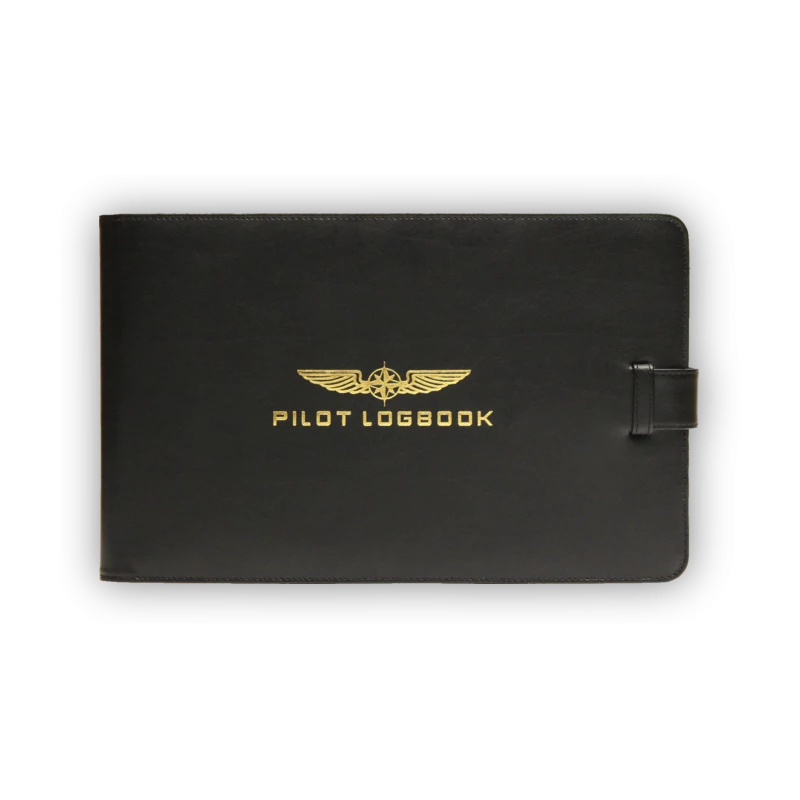

Some pilots even use digital methods, such as recording this information in Microsoft Excel or a similar spreadsheet, or through online or other digital methods of recording their flights.Aircraft/pilot logbooks and flight logs have been around as long as aviation itself, with the Wright brothers keeping detailed notebooks of their aircraft build, experiments, dates of a flight, airplane used, pilot, passenger’s name, time aloft and course flown. This requires information about the flight, such as date, total time, locations of takeoff and landing, and information regarding pilot in command, etc.īecause the FAA does not require an official logbook or official format, many formats are available to pilots. The Federal Aviation Administration does not require the flights logged to be logged in an official logbook or format, so long as the conditions CFR Title 14 §61.51 paragraph b are met. This means that a pilot does not need to record every single one of his or her flights. In the United States, a pilot is required to log all flight time that is used to meet the minimum requirements for a certificate, rating, flight review, or instrument proficiency check, and for currency. In the United Kingdom, personal logbooks must be retained for at least 2 years after the date of the last entry. All time under instruction must be countersigned by the instructor. All PICUS (pilot in command under supervision) entries must be countersigned by the pilot in command, and electronic signatures are not acceptable.

In Ireland, electronic logbooks are not acceptable for the issue of an ATPL. In addition to the requirements of Part-FCL.050, whether a flight was cross-country should also be logged for the issue of an airline transport pilot licence (ATPL).


Time in an flight simulator (FSTD) is also logged. Information to be logged includes location and time of departure and arrival, the aircraft registration, the aircraft make, model and variant, the name of the pilot in command, whether the flight was single-pilot or multi-pilot, and for single-pilot flights whether the aircraft was single-engine or multi-engine. The European Aviation Safety Agency (EASA) provides a sample logbook format in which all flights should be logged. In Australia, pilot logbooks must be retained for seven years after the last entry. 1 Flight logging requirements by countryįlight logging requirements by country Australia.


 0 kommentar(er)
0 kommentar(er)
